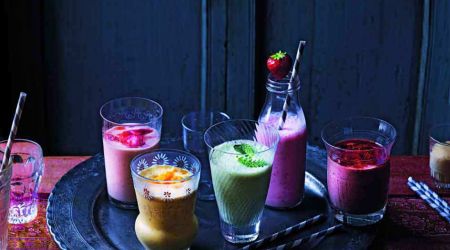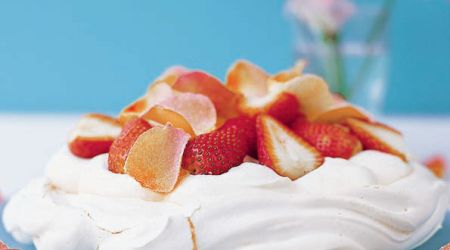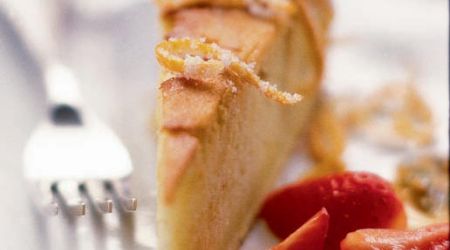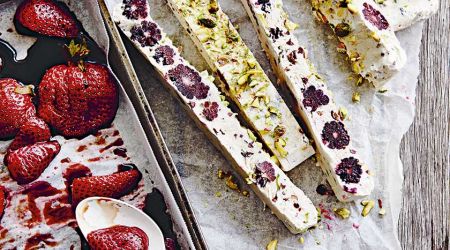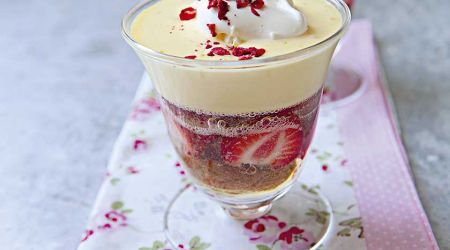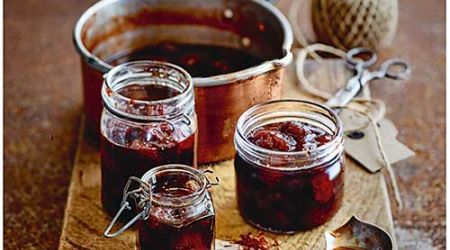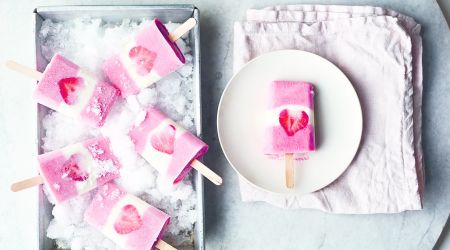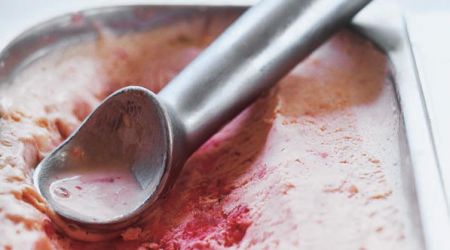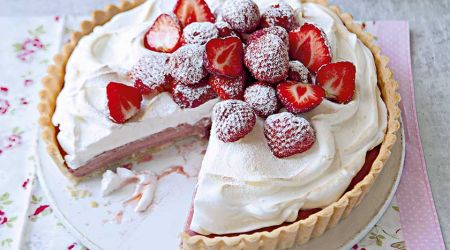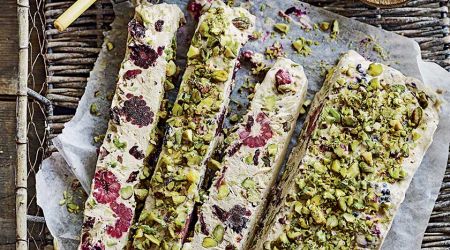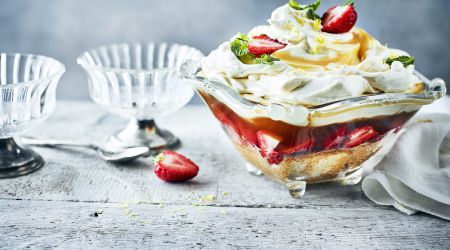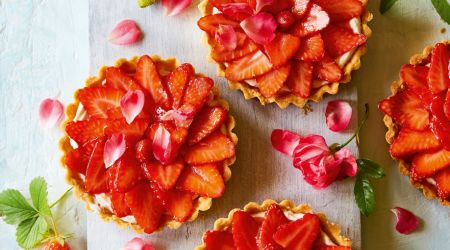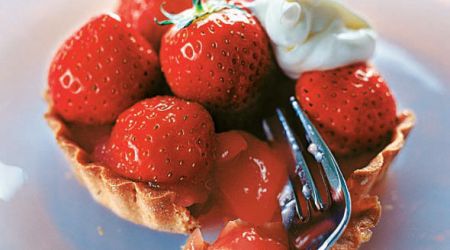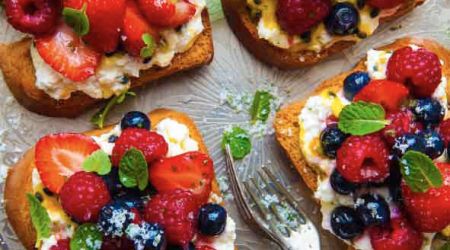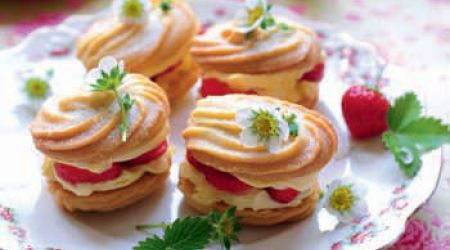Strawberries
The tennis is on, which can only mean one thing – British strawberry season. Clarissa Hyman celebrates the pretty berry’s return that signals the start of summer with recipes by Julz Beresford, Brian Glover, Annie Nichols and Rosemary Stark
The perfect strawberries are the ones in our memory. Sweet and pretty, they are the favourite fruit of childhood, recalled each year when the first English berries appear, the defending champion steps onto Centre Court at Wimbledon and the days are sunny and long once more.
Once called the ‘fruit of the blessed’, the little heart-shaped berries have been a holy symbol, artists’ inspiration and gardeners’ delight. Few fruits are more loved – or more surrounded by myth and legend. Many folk tales involve the gathering of strawberries or stories of magic berries that turn into gold. The strawberry also has religious connotations in the Christian tradition. They appear frequently in The Garden of Earthly Delights by Hieronymus Bosch, for example, and medieval paintings show Mary holding out a strawberry to the infant Jesus. As the symbol of the Virgin Mary, it came to stand for goodness and purity, and was incorporated into the designs for the coronets of the nobility. Centuries later, they inspired the Strawberry Thief, one of William Morris’s most famous and beautiful designs. Romance and strawberries go together like moon and June.
Keats dreamt of an idyllic state where he would ‘sleep in the grass, feed upon apples red, and strawberries, and choose each pleasure that my fancy sees’. He was probably referring to the wild strawberry that grows in many regions from Lapland to India. Centuries ago they were enjoyed by the ancient Romans whose refined sensibilities fully appreciated the intense fragrance and sensual appeal of the exquisite, tiny red and white berries. Wild or wood strawberries, Alpine berries and fraises de bois are now mostly cultivated forms of the wild berry; the fruits that feature in Jane Austen’s Emma are probably a variety of the wild ‘hautboy’ or European wild strawberry. But if you ever stumble across them growing truly in the wild, creeping shyly across the ground, they are a rare and precious find. A famous saying expresses it well: ‘Doubtless God could have made a better berry, but doubtless God never did.’ The large garden strawberries we know today were not cultivated and bred by horticulturalists until the 18th century.
In 1882, catalogues recorded more than 200 varieties that had been developed in England. By then, the modern strawberry was here to stay. Strawberries and cream has long been a match made in heaven. 1509 Cardinal Wolsey rounded off a feast of porpoise with dishes of this classic summer pudding. In the 19th century the Shropshire’ girls who brought their fruit for sale in London, carrying baskets on their head, would tempt buyers with their cries praising the combination as ‘charming and sweet and delightful to eat’. In today’s air-freighted world, we can buy strawberries out of season. Most are shipped before the sun has sugared their juices and deepened their colour or softened their flesh. Not only are they tasteless, but they may well have been covered in chemicals and produced using cheap exploited labour.
Varieties such as Elsanta have been bred for consistency of shape, colour and size, for durability and for shelf life. Happily, the supermarket choice has improved in recent years; growing for flavour has returned to favour. But it is also worth remembering that eating out-of-season berries is not altogether new. Even the Romans had ‘forcing houses’, and the eminent Victorian gardener Sir Joseph Paxton popularised the use of the heated greenhouse where strawberries, among other produce, were ‘forced’ to come to the market early. Nonetheless, at the height of the season, it is possible to have too much of a good thing. Once the initial pleasure is over, glut can blunt the thrill, as the writer Alice B Toklas complained when she was (hospitably) proffered strawberries in France 12 times in six consecutive days. The best way to eat strawberries is perhaps plucked straight from the plant, when their fragrance evokes both nostalgia and excitement. Varieties to look for when you grow or pick your own include melt-in-the-mouth Jubilee, heart-shaped scarlet Royal Sovereign, ever-reliable Cambridge Favourite, luscious Perfection and the fabulous Mara des Bois, with its wild-strawberry flavour.
In the kitchen, pair with oranges, redcurrants, mint, black pepper or even balsamic vinegar. Cook them in jams, jellies, sauces and pies; chill or freeze for desserts and ices. You can serve them with whipped cream on pancakes or in Eton Mess, layer them in strawberry shortcake, whiz them into a berry soup or add to a summer pudding. Or simply dip them in champagne to feed your lover. That’s what memories are made of.
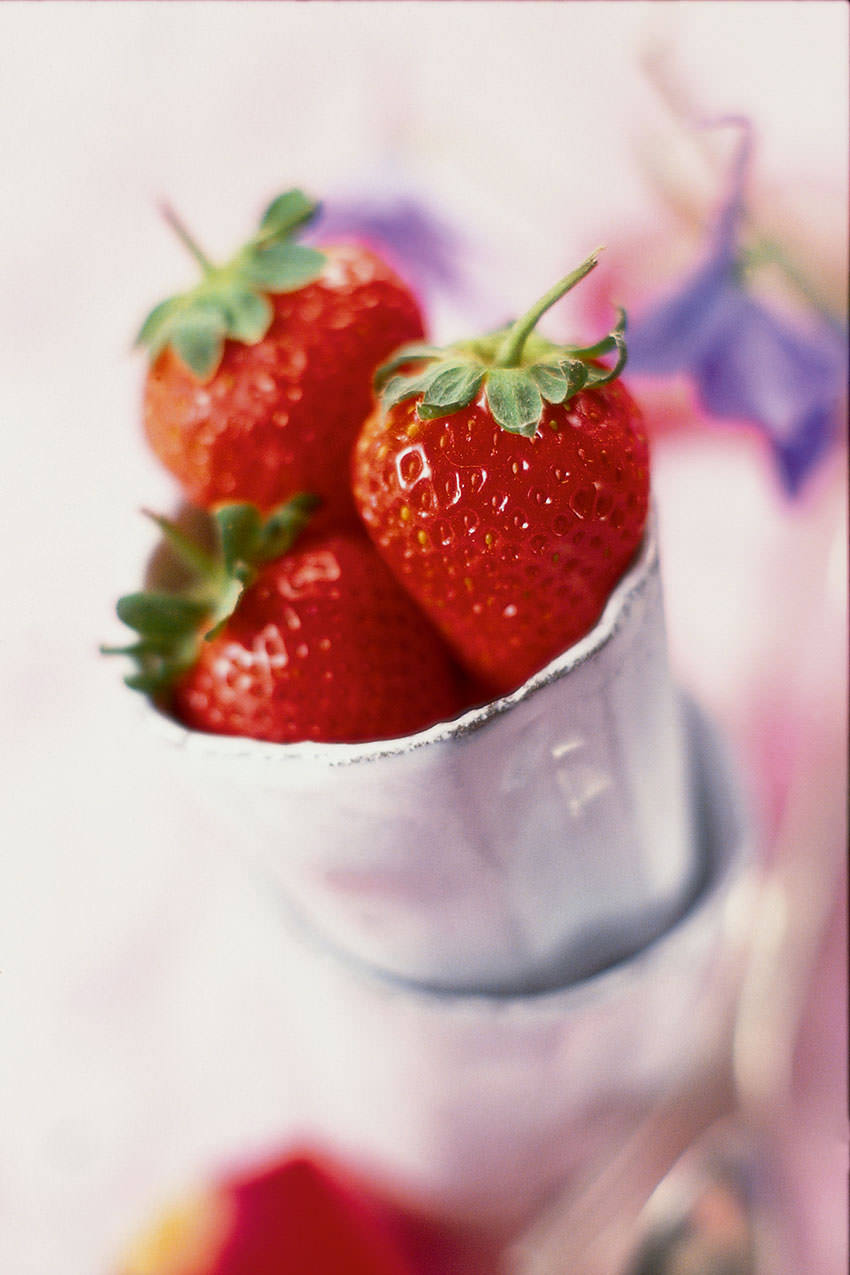
Recipes
Get Premium access to all the latest content online
Subscribe and view full print editions online... Subscribe


